The global war against the organized terrorism, proclaimed by the president Bush after September 11, 2001, has gone flat. And with it, the military strategy of attacking the many-colored islamist jihadism, always threatening, in his nests and in his infected areas. Without existed for them neither bases, nor sure refuges in the world. Seeking to suffocate this certain, threatening, watched and already long-suffering danger. And to remove it from home, from the territory of the USA. Mr. Obama qualitatively and substantially cut down in 2011, the antiterrorist aims in the exterior American politics.
The new National Strategy of the USA.
For it, the Stategic Plan establishes aims more political than military in the Islamic Central Asia. «This one has been a difficult decade for our country. (Now) we can be glad to know that the pressure of the war is yielding». Is admitted that the Americans are not capable of «leave a perfect Afghanistan». Neither the western democracy is perfect. But it is comparatively the least unjust of the political known systems. And, due regulated by the play of the public powers and the honesty of his agents, it was the one that allowed the advent of the middle, numerous, polite, laborious and progressive classes. This way, they bet for the political negotiation with the moderate Taliban, to lower the activity of the armed groups. Bringing over the possibilities of peace and reconciliation in Afghanistan. But the major premise fails. The moderate Taliban do not exist. This name is disgusting to the logic. Since it is a contradiction in the used terms. Like the «negative growth», of which some politicians speak to us. The Taliban apply rigorously the sharia. That are the civil laws and penal social derivatives of the literal and rigid application of the Koran and Sunna or tradition, in the profane matters. And they impose it by the force. And with a foreign yielding enemy, without firm convictions, with internal contradictions; why the Taliban are going to negotiate, having the victory already smelling them as the aromatic flowers of Allah’s garden?
Obama proclaims, with fiscal and exterior deficits running away, the need to save in military resources. To dedicate them «to constructing a nation here, at home». This way, he qualitatively lowers the strip of the exterior terror. Putting the Base (al-Qaeda) and the IS as the violent not national enemies of the USA. The salafista internationalist terrorists with his known, fled and not wished as guests in a normal country, operational chiefs, is a more attainable and manageable aim for the schemes, the budgets and the aspirations of the «diminishing American defense». And it stays within range of the actions: of the CIA and of the Pentagon’s flaming spies; of the not crewed airplanes (Unmanned Aerial Vehicles) of reconnaissance and atack; of the military punctual actions of the elite forces of the Pentagon; of the assaults of small expeditionary forces and/or of amphibious assault of the Marines, transported in «control and/or transport warships» with his naval escort; of the penetration of the terrorist groups or, at least, the approximation, the observation and the information, by local related elements, paid by the espionage of the USA. The deployments of tens of thousands of American soldiers and their complex equipment and specific supply for several years in a theatre of operations, are indefinitely rejected by the new «doctrine». The American people infected with the adherent and complex economic crisis, with the lack of political effective control, with the costs of the wars against the terror (it speaks about 1,6 $ trillions – not thousand millions – spent till now in Iraq and Afghanistan and around $60 million per month en the deployment of Libia, without taling part in offensive actions), is tired of the exterior actions and constantly reflects it in the surveys. As in the old times, in other national crises, a country that is almost a continent, partially withdraws towards himself.
The Need of a new formal and international “Legal Setting».
The laws give juridical character and institutionalizing for what the needs, the customs and, finally, the social norms have been looking and establishing in the evolution of the societies. There does not exist in the History an example similar to the operational, legal and institutional picture that that pose the USA and the islamist violent rebels in their antagonistic armed dialectic by the whole global world. Therefore, almost all the laws of the countries where develop episodes of this war, the international laws in use and the social existing norms, lack practical meaning and aptitude to establish an operational sufficient frame for this warlike conflict. Both great conflicting rivals use more or less freely the whole world bullring, included the space, as local «fields of action» to realize all kinds of operations against his enemy, his allies and his means and properties.
The real terms of application of this violent dialectics are changed, are new or different: total internationalization of the warlike scene. Will mention some of the significant or more known: the borders and the operations strips or sectors are diluted or are not significant in these. The operations precede and mark the combats or small battles. Violent, dispersed, slightly decisive, unexpected, discontinuous in the time actions; which obtain their transcendence by accumulation, not by successive or simultaneous concatenation. There take place large movements of units or small units in very short time. Great concentrated and rapid firepower capacity used by the rivals: the explosive vehicles manage to have the demolition capacity of a “smash block bomb”. The employment of these small units, which do not constitute a «useful target», protects them from the enemy heavy support fire. The digital capacities of the wireless communications and of the treatment and custody of the information are a new weapon in the fighting field for the sensitive information. This has taken the enemy to the employment of old means, which were put away: couriers, manuscript or typewritten reports, heads of local reports, which successively deliver the orders, etc. Qualitative increase of the importance of the dissimulation, concealment, disguise, mishap and enemy disinformation capacities.
This demands the creation of a new legal and normative frame, which gathers and regulates the new warlike conditions that are appearing, they are maturing and are developing since several decades. And everything, having a sufficient vision of future, in order that the evolution of the rivals and of the circumstances and the events do not invalidate the legal and moral means, at not much time of being defined and accepting by a majority of countries and persons. Because, the agents and the units and the reconnaissance means cross and will constantly cross the space and/or the territory of the rivals and of numerous foreign countries in their conflict. Because, the enraged contenders will continue skipping the borders, to realize their harassment punctual actions. They are of harassment because they suppose the destruction and/or the punctual abduction of persons and/or units. Without with them the operational capacity is significantly altered in the theatre or area.
The Use of Drones in the War against the Islamic Terrorists.
The drones are used in the irregular war in reconnaissance tasks and follow-up and in assault actions against small targets. The US Air Force of the Pentagon has more than 1300 pilots of drones, being employed at 13 air bases of the USA. And calculates that at end of 2015, will have around 2000 pilots of drones. Already she is training more pilots for remote-controlled planes that for the conventional flights: around 350 in 2011. From 2012 the formation is specific for them: the pilots only pass 40 hours on board of a Cessna, without flying in fighters, to pass to learn to direct a drone. The equipment in the air base for the guide and control of the drones is very simple and highly elaborated: the control or helm of the drones, several television screens, surrounded with numerous auxiliar visual indicators and controls and a pedal. Everything arranged in pairs in front to both ergonomic chairs of the pilots. The drones have cameras that transmit in live time their sights to his pilots. A deliberate observation precedes an assault. The pilot of the drone and the camera controller of the, which form a «killer team», observe to his «designated aim» during long time, verifying his environment and his activities. The assault would be realized when, for example, the possibility of not wished human hurts («collateral damages») was minimal. The plane is capable of, once caught and authorized by the pilots an aim to beating, initiating by itself the assault, but this function has never allowed it.
The reconnaissance of the enemy and his exact location, both units and commands and local chiefs, and the recognition of the operations area is an old dream of the commands of all the times, to free themselves of part of their dreads and uncertainties. Because the modern maneuvers, even at the close distances, are changeable and plastic for the rivals commands. If we add the possibility of a constant follow-up of that one, this is “honey on small leaves of cereal”. In these tasks, the capacities of the drones allow his deep insertion in the enemy territory, without any danger for the reconnaissance specialized own forces and a clear, fluid and effective transmission of the results that they catch. It might say that they are a weapon designed with fortune to fulfill the opportune missions, if his employment is reasonable, controlled and shown restraint.
Because, the use of «not crewed planes» in reconnaissance missions of the enemy, raises a problem of difficult solution for the Americans Intelligence agencies and the Pentagon. Is thought that only the CIA can be receiving daily near 2000 photographies and 2000 hours of recordings of video from his spìes «drones». And all this nonsense informative, this undue plethora of images, only can drive to the clogging of the transmission, processing and valuation channels of the information. And to the tedium and disorientation of the intermediate commands. All this, though are used powerful computers and «key images and signs» to discriminate them in the process of selection. This result only can drive to a few routine and shallow analyses in «importance content» and to a profusion of non asked reports.
That they would be late years in turning in real intelligence, because here it is necessary to think for it. That one is the confirmed and valued information for the different operational and strategic controls. That clear and sufficiently orientates them of a situation, of his probable evolutions and changes and of the own possibilities of action, in agreement with the military strategy and the operational one or the received mission. With the abuse, already it is not a question of «obtain relevant and sufficient information». But the information that is obtained is overflowing, relarge and indigestible. And it is an information that poisons and disorients all. The essential and decisive criterion, is that the efforts go to the sectors and the most sensitive and important aims of the complicated process of the massive espionage. Which allows to discriminate the gathered information with unit of criterion and respecting the Universal war principle of the saving of the means. And that, continuing proven and effective alogaritms, other aims and neutral topics are chosen and sift with a given periodicity.
The destructive capacity of the explosive charges that carry the not driven assault plane is limited in his number and in his total power. The essential characteristic of his use is that is destined to limited goals, well in his size (a small number of not very spread enemies) or in his protection (not fortified targets). Nevertheless, they are useful to beat combat armoured vehicles, included the main battle tanks, with his hollow load missiles, which attack them in their vulnerable parts or zones (tracks, roofs).
(TO BE CONTINUED)
 THE FUHRER ADOLF.
THE FUHRER ADOLF.  THE GREAT STEERSMAN, AS A MORTAL DEITY…
THE GREAT STEERSMAN, AS A MORTAL DEITY…
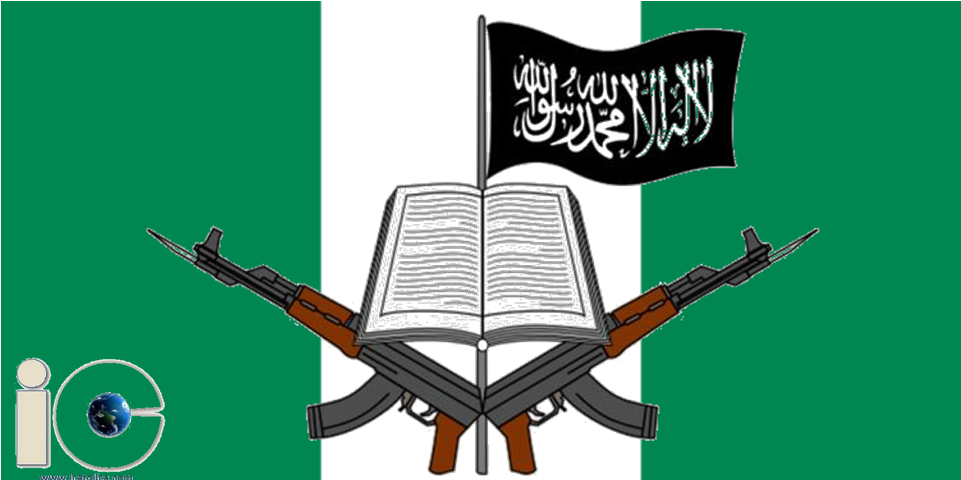 BOKO HARAM
BOKO HARAM 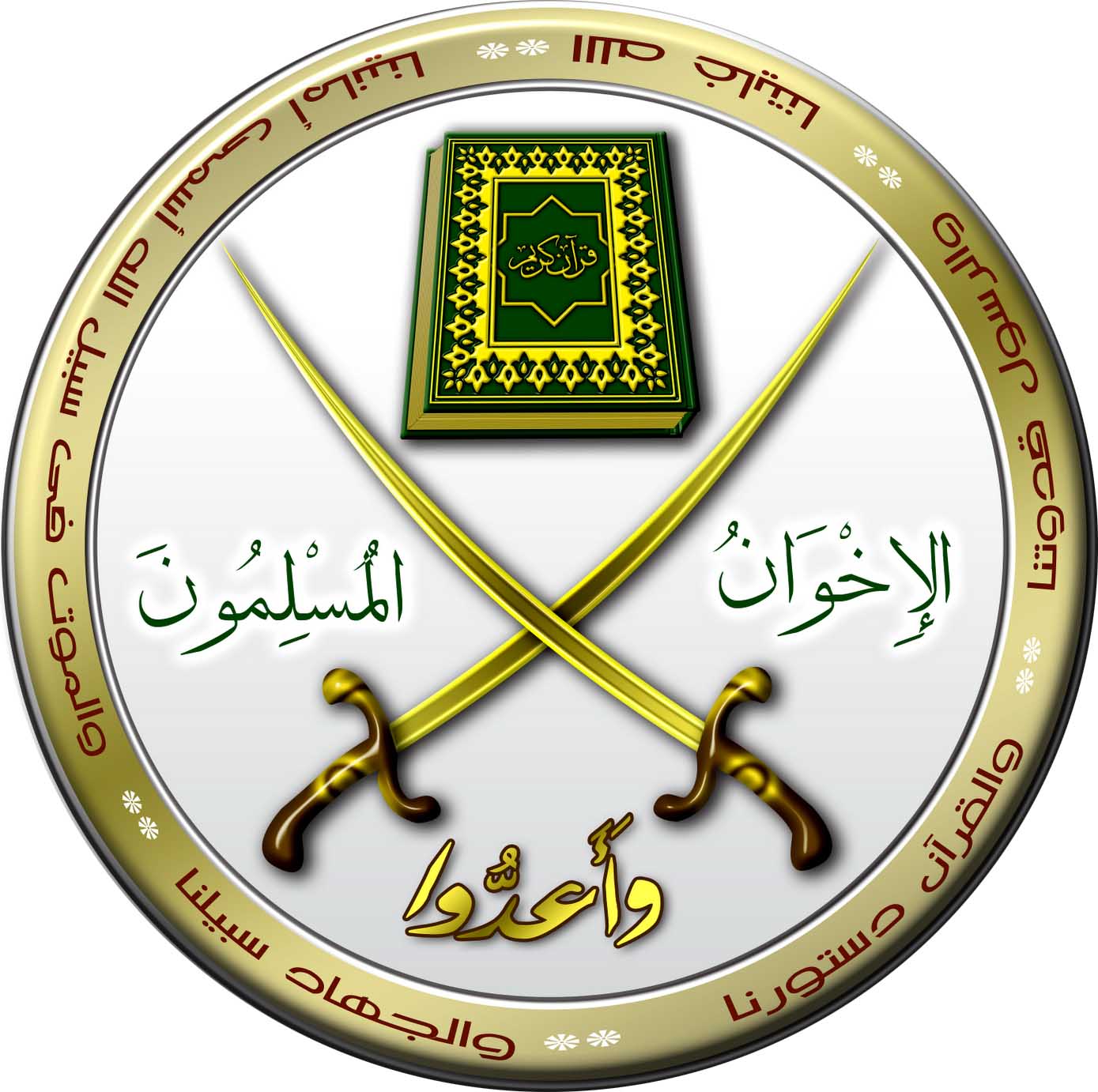 MOSLEM BROTHERS’ COAT OF ARMS
MOSLEM BROTHERS’ COAT OF ARMS THE GREAT PERPETRATOR…
THE GREAT PERPETRATOR…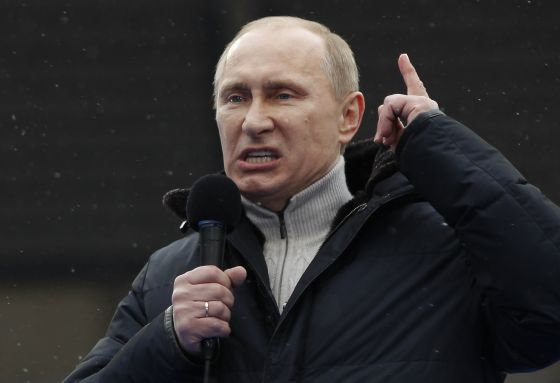 NOTHING CALMING…
NOTHING CALMING… PRESIDENTS OF RUSSIA, BIELORRUSIA, KAZAJISTAN, KIRGUISTAN, UZBEKISTAN, ARMENIA AND TAJIKISTAN ASSEMBLED FOR ANTITERRORIST COOPERATION .
PRESIDENTS OF RUSSIA, BIELORRUSIA, KAZAJISTAN, KIRGUISTAN, UZBEKISTAN, ARMENIA AND TAJIKISTAN ASSEMBLED FOR ANTITERRORIST COOPERATION . KERRY AND LAVROV.
KERRY AND LAVROV. GEORGIAN TROOPS BAIL OUT A VEHICLE AT OUTSKIRTS OF GORI
GEORGIAN TROOPS BAIL OUT A VEHICLE AT OUTSKIRTS OF GORI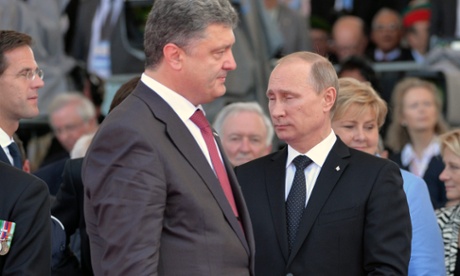 POROSHENKO AND PUTIN…
POROSHENKO AND PUTIN… FRIENDS FOR EVER…
FRIENDS FOR EVER… PUTIN AND XI JIPING, AFTER SIGNED THE GAS AGREEMENT
PUTIN AND XI JIPING, AFTER SIGNED THE GAS AGREEMENT
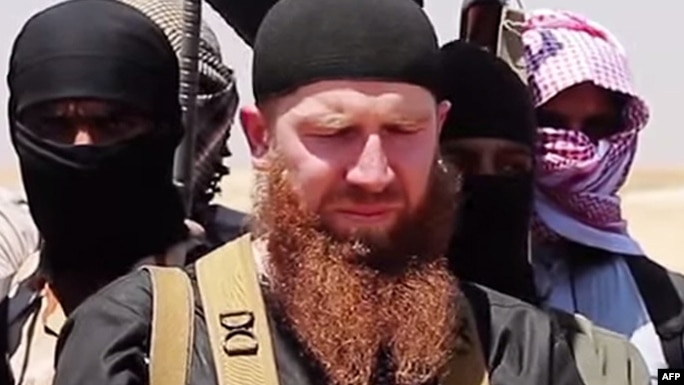
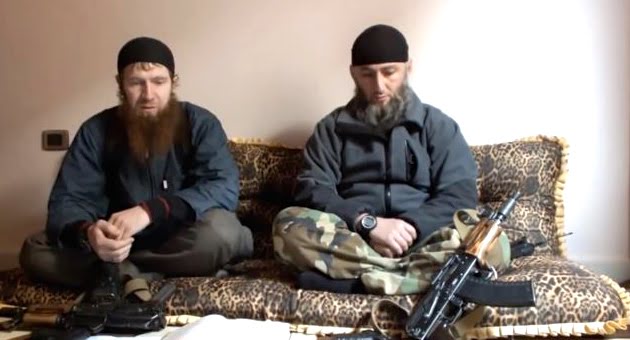
 EL PRIMER MINISTRO HAIDAR AL-ABADI
EL PRIMER MINISTRO HAIDAR AL-ABADI GENERAL JAMES TERRY
GENERAL JAMES TERRY GENERAL MARTIN DEMPSEY, LUEGO JEFE DEL PENTÁGONO
GENERAL MARTIN DEMPSEY, LUEGO JEFE DEL PENTÁGONO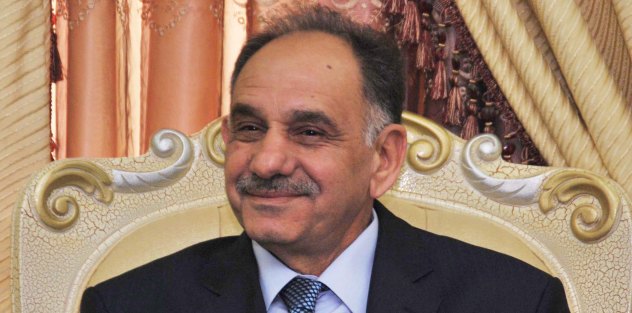 VICE PRIMER MINISTRO IRAQUÍ SALEH AL-MUTLAQ
VICE PRIMER MINISTRO IRAQUÍ SALEH AL-MUTLAQ HUSSEIN, SON OF FATIMA AND ALI AND GRAND SON OF THE PROPHET.
HUSSEIN, SON OF FATIMA AND ALI AND GRAND SON OF THE PROPHET. IBN HANBAL
IBN HANBAL TAYMIYYA
TAYMIYYA 
 SAYYID QUTB IN PRISION…
SAYYID QUTB IN PRISION…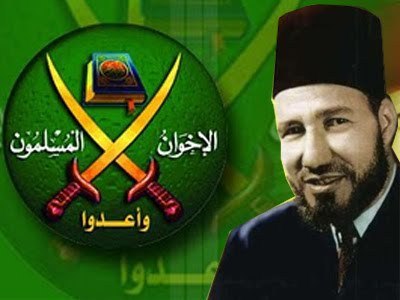 HASAN AL-BANNA AND THE MOSLEM BROTHER’S COAT OF ARMS
HASAN AL-BANNA AND THE MOSLEM BROTHER’S COAT OF ARMS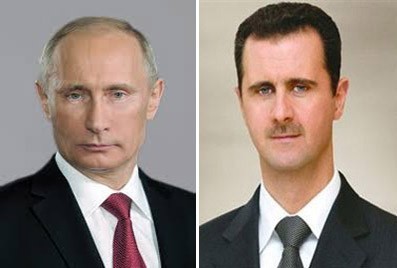 TWO SELFISH «ALLIES»…
TWO SELFISH «ALLIES»… PESHMERGAS IN KOBANI (A CANADIAN VOLUNTEER)
PESHMERGAS IN KOBANI (A CANADIAN VOLUNTEER) IRAQIS TRAINING TO FIGHT HOUSE TO HOUSE.
IRAQIS TRAINING TO FIGHT HOUSE TO HOUSE. MR. ASHTON CARTER.
MR. ASHTON CARTER. THE HEROE OF THE GREAT TASK, GEN. JAMES TERRY…
THE HEROE OF THE GREAT TASK, GEN. JAMES TERRY…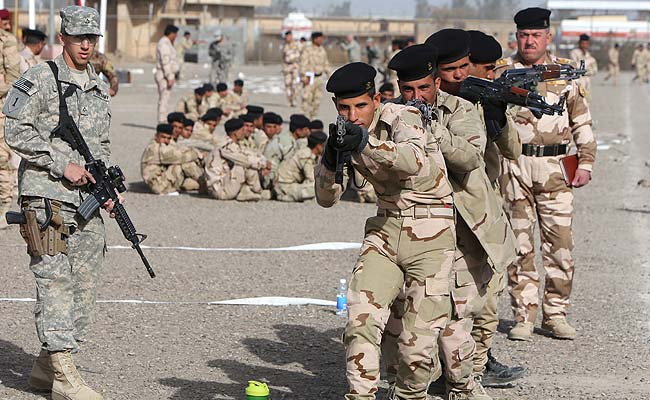 IRAQIS WILL FIGHT FINE AGAINST THE WIND…
IRAQIS WILL FIGHT FINE AGAINST THE WIND…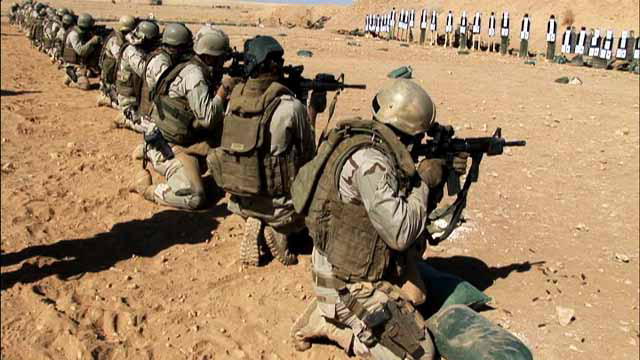 NOBODY IS SHOOTING AT THEM…
NOBODY IS SHOOTING AT THEM… IN AMERLI, BEFORE THE SUNNIS VILLAGES’ MASACRE, AUGUST 2014…
IN AMERLI, BEFORE THE SUNNIS VILLAGES’ MASACRE, AUGUST 2014… THE USELESS AND SECTARIAN IRAQ’S EX-PRIME MINESTER.
THE USELESS AND SECTARIAN IRAQ’S EX-PRIME MINESTER. OF WHOM ARE THEY LAUGHING…?
OF WHOM ARE THEY LAUGHING…? PENÍNSULA DE CRIMEA
PENÍNSULA DE CRIMEA TROPAS RUSAS EN CRIMEA
TROPAS RUSAS EN CRIMEA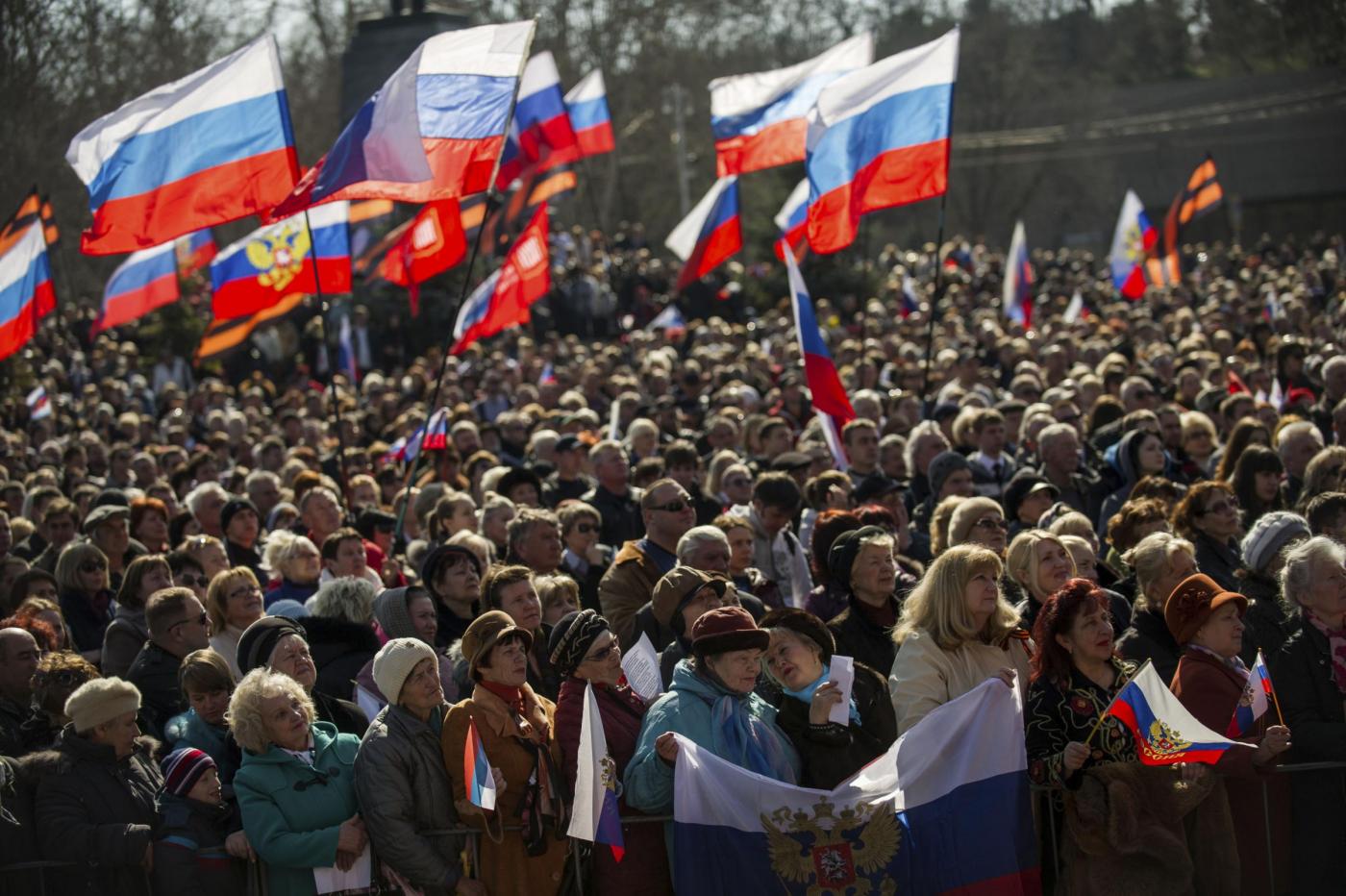 APOYO POPULAR A PUTIN
APOYO POPULAR A PUTIN TROPAS UCRANIANAS EN OPERACIONES
TROPAS UCRANIANAS EN OPERACIONES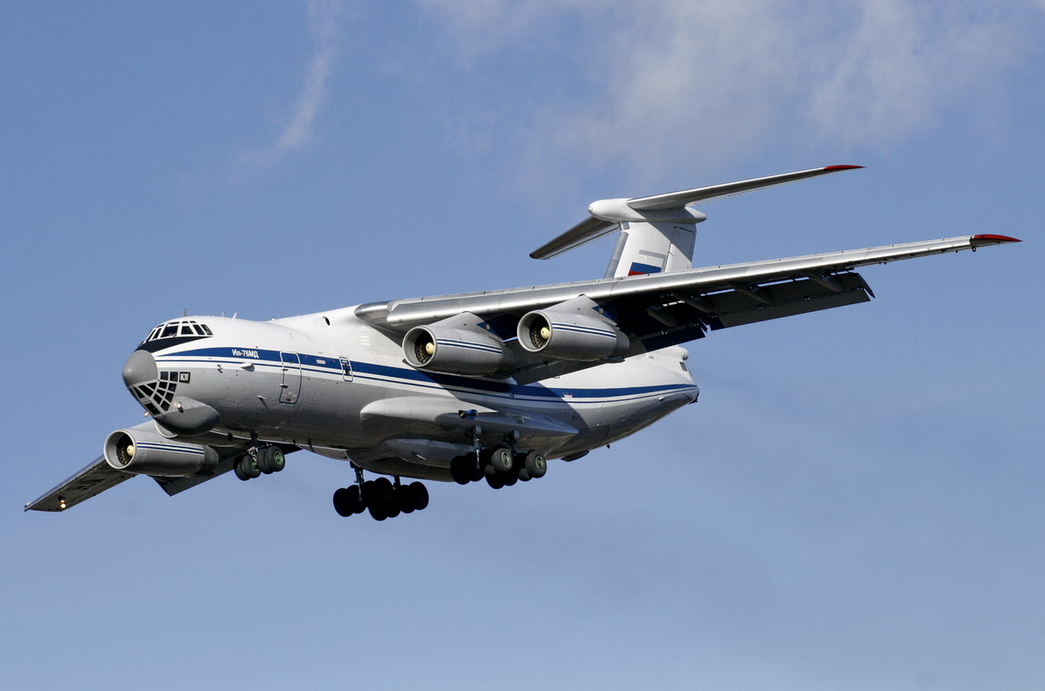 AVIÓN RUSO CON MATERIAL BÉLICO PARA SIRIA…
AVIÓN RUSO CON MATERIAL BÉLICO PARA SIRIA…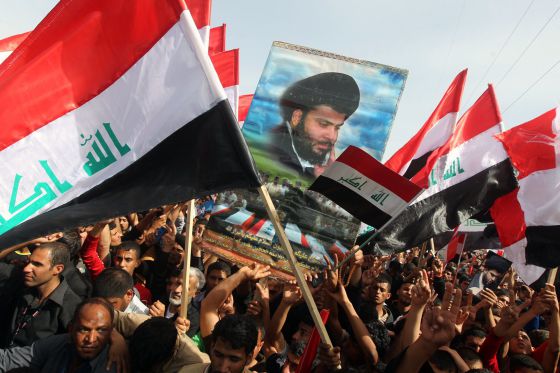 SEGUIDORES DE MUQTAD AL-SADR.
SEGUIDORES DE MUQTAD AL-SADR.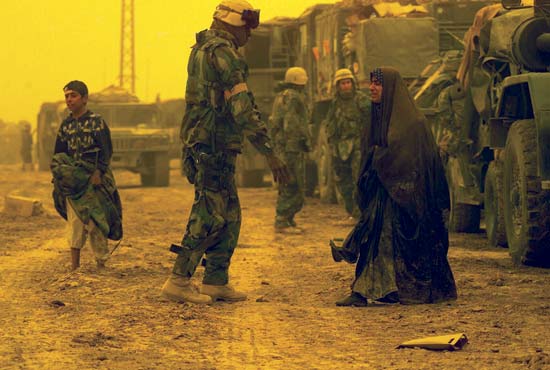 LA GUERRA SECTARIA…
LA GUERRA SECTARIA… UN ANIVERSARIO…
UN ANIVERSARIO… NURI AL-MALIKI SALUDA A JEFES TRIBALES…
NURI AL-MALIKI SALUDA A JEFES TRIBALES… SÓLO EL 17% VE AL PRESIDENTE OBAMA COMO UN LÍDER MILITAR FUERTE…
SÓLO EL 17% VE AL PRESIDENTE OBAMA COMO UN LÍDER MILITAR FUERTE… EL GOBIERNO RUSA HALAGA A SUS MILITARES…
EL GOBIERNO RUSA HALAGA A SUS MILITARES… IS’S FIGHTERS SUPOSSED KILLED BY KURDS
IS’S FIGHTERS SUPOSSED KILLED BY KURDS THEY ALSO USE THE USEFUL FOOLS…AN AUSTRIAN.
THEY ALSO USE THE USEFUL FOOLS…AN AUSTRIAN. UN VOLUNTARIO CHECHENO PARA EL EI…
UN VOLUNTARIO CHECHENO PARA EL EI… LOS JEFES POSAN, DESPUÉS DE UN ENCUENTRO EN LAS MONTAÑAS…
LOS JEFES POSAN, DESPUÉS DE UN ENCUENTRO EN LAS MONTAÑAS… UNA PATRULLA BUSCA POR LA MONTAÑA A LAS GUERRILLAS…
UNA PATRULLA BUSCA POR LA MONTAÑA A LAS GUERRILLAS… Al final de la II guerra mundial, los británicos condecoraron a Chin Peng con la Orden del Imperio Británico, por sus acciones contra los ocupantes japoneses. Él se convirtió en el jefe del Partido Comunista de Malaya.
Al final de la II guerra mundial, los británicos condecoraron a Chin Peng con la Orden del Imperio Británico, por sus acciones contra los ocupantes japoneses. Él se convirtió en el jefe del Partido Comunista de Malaya.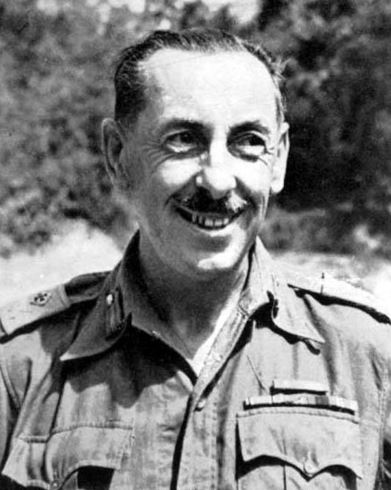 EL GENERAL BRIGGS.
EL GENERAL BRIGGS. EL GENERAL TEMPLER.
EL GENERAL TEMPLER. THE PASDARAN DISPLAY THEIR FLAG.
THE PASDARAN DISPLAY THEIR FLAG.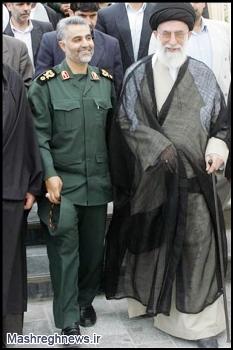 HE WILL BE A FATHER FOR YOU AND YOU WILL BE A SON FOR HIM…
HE WILL BE A FATHER FOR YOU AND YOU WILL BE A SON FOR HIM… ENCOURAGING THE MEN AND POSING FOR THE NEWS MEANS…
ENCOURAGING THE MEN AND POSING FOR THE NEWS MEANS… ESTUDIANTES CRISTIANOS DE GARISSA
ESTUDIANTES CRISTIANOS DE GARISSA DEMOLIENDO MEDIO PUEBLO A LA VEZ…
DEMOLIENDO MEDIO PUEBLO A LA VEZ…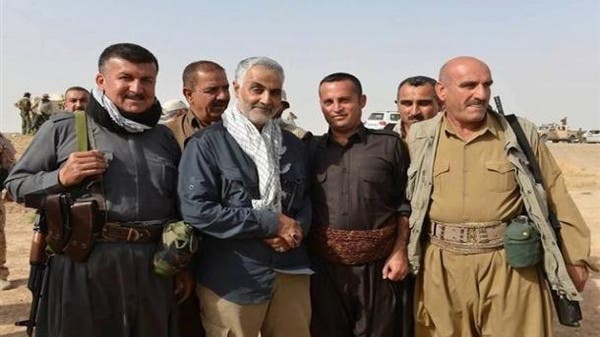 ANIMANDO A LOS HOMBRES Y APARECIENDO EN SUS MEDIOS…
ANIMANDO A LOS HOMBRES Y APARECIENDO EN SUS MEDIOS… TAKING A CONFORTABLE WALK, BUT, WHERE ARE THEIR ENEMIES?
TAKING A CONFORTABLE WALK, BUT, WHERE ARE THEIR ENEMIES? THE BARBARIAN FLAG…
THE BARBARIAN FLAG… THE NIGERIA’S CRAZY MAHDI.
THE NIGERIA’S CRAZY MAHDI. WHITHOUT COMMENTS FROM ISLAM’S PIOUS ULEMAS AND MUFTIS…
WHITHOUT COMMENTS FROM ISLAM’S PIOUS ULEMAS AND MUFTIS… INSANITY ATTACK TO A KNOWING TEMPLE, UNIVERSITY OF GARISSA, KENYA TO KILL CHRISTIANS…
INSANITY ATTACK TO A KNOWING TEMPLE, UNIVERSITY OF GARISSA, KENYA TO KILL CHRISTIANS… PASEANDO, ¿DÓNDE ESTÁN SUS ENEMIGOS?
PASEANDO, ¿DÓNDE ESTÁN SUS ENEMIGOS? 